1. A successful employee rewards program should be frequent, spontaneous, and timely, ensuring the employee is recognized immediately after the achievement.
2. Specificity in recognizing behaviors or achievements, providing equal participation opportunities, and maintaining transparency are crucial.
3. Programs should also maximize visibility, align with business objectives, and measure benefits to enhance employee engagement and motivation.
4. By adhering to these principles, organizations can foster a more appreciative and productive work environment.
Organizations must design and implement employee rewards programs methodically to ensure success. Let’s discuss the key points to consider when developing a successful employee rewards program.
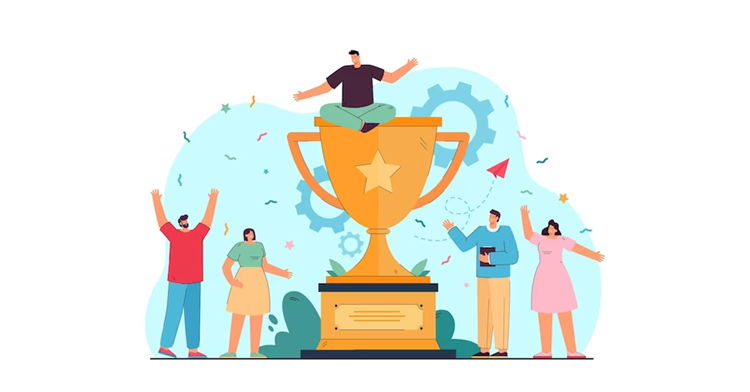
In a survey, 40% of participating employees said that they were likely to put more energy into their work if they were to be recognized more often.
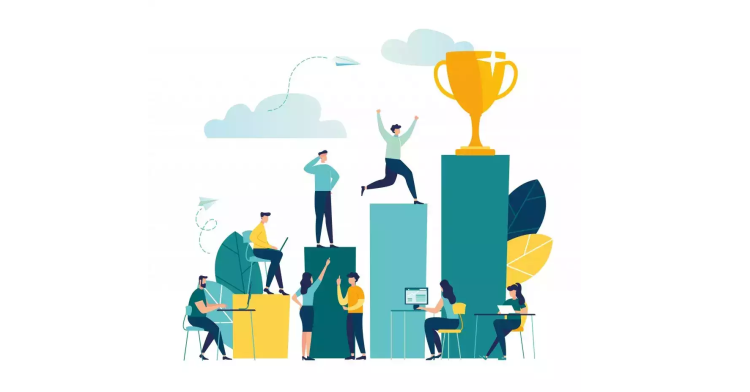
Moreover, 90% of HR professionals agree to the fact that an effective rewards and recognition program helps drive business results.
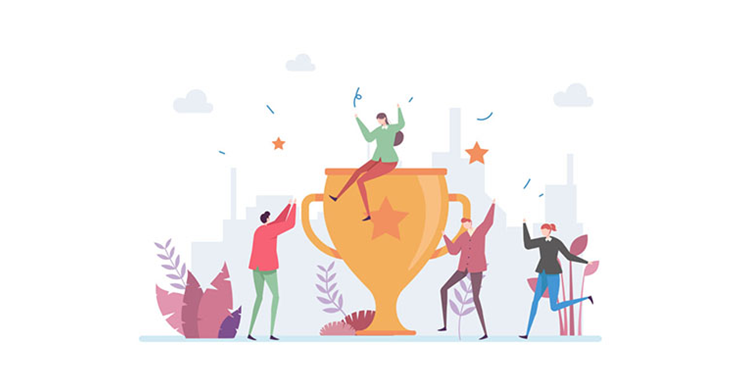
In another study, 91% of HR executives said that such programs impacted employee retention positively while 80% said that they were likely to invest in strong and effective rewards programs for their workforce in the coming months.
1. Reward Frequently
2. Make Recognition Spontaneous
3. Reward in Time
4. Be Specific about the Behaviors or Achievements being Rewarded
5. Provide Equal Opportunities for Participation
6. Ensure Highest Levels of Transparency
7. Create Maximum Visibility
8. Align with Business Objectives
9. Make the Benefits Measurable
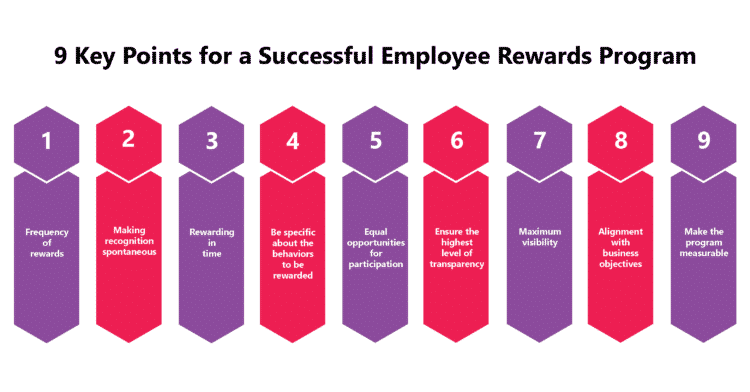
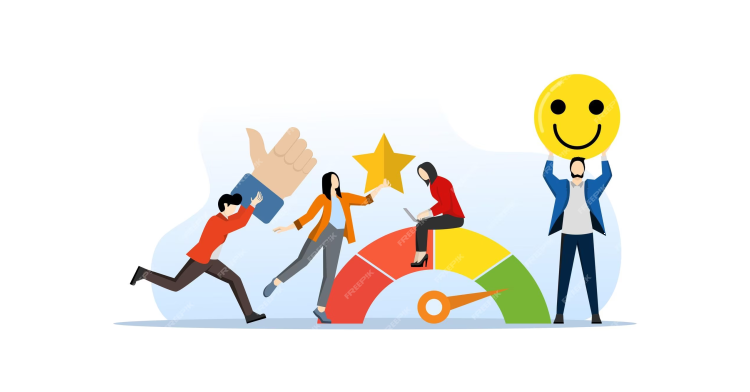
The work environment today is highly stressful and competitive.
It is why it is important to recognize the efforts of employees frequently.
Organizations need to reconsider the tradition of recognizing their employees yearly or quarterly.
Frequent recognition can reassure employees that their organization values and appreciates them for their achievements and contributions.
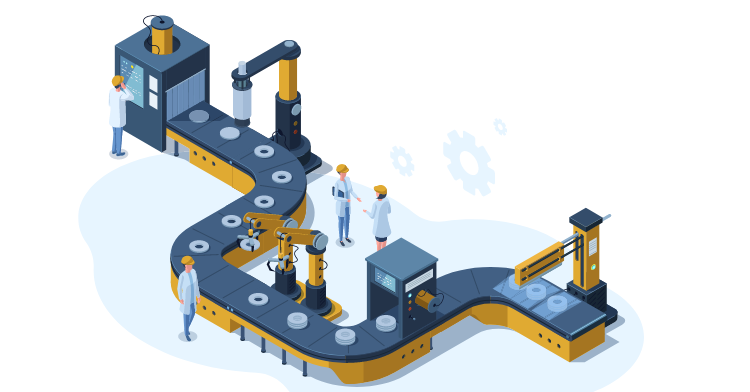
At a well-known metal manufacturing company, supervisors can give spot awards to associates working in the factory using the HiFives platform instantly for achieving high levels of productivity or quality, complying with safety norms, or displaying the organization’s core values.
Associates receive notifications for these spot awards on their mobile phones via WhatsApp, which includes e-certificates and reward points. They can redeem these reward points for e-gift cards from any of the hundreds of brands available on the HiFives platform. They can also receive the e-gift card details over WhatsApp.
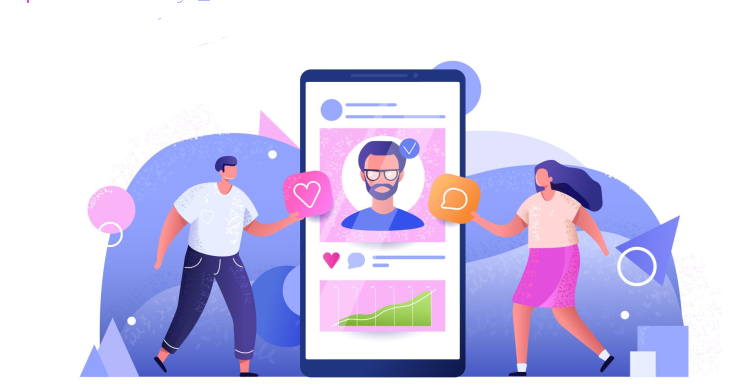
It is essential for organizations today to ensure that their employee recognition programs are lightweight and spontaneous.
Recognition should not be as per a set schedule, but as and when employees do something worth appreciating.
Such spontaneous recognition is more authentic and fills the employees with gratitude.
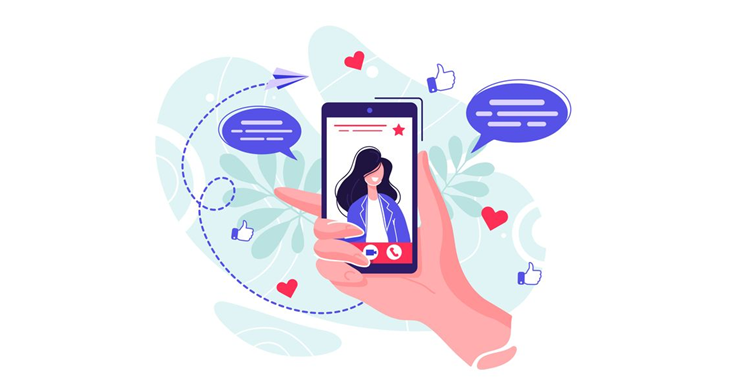
Rewards and recognition can only provide the best results when offered on time.
Delays in appreciating employees just to adhere to predefined timelines can make the whole process ineffective.
It is because people tend to forget the achievements of others quickly.
Delayed recognition not only diminishes the sense of achievement for employees but also fails to inspire their peers.
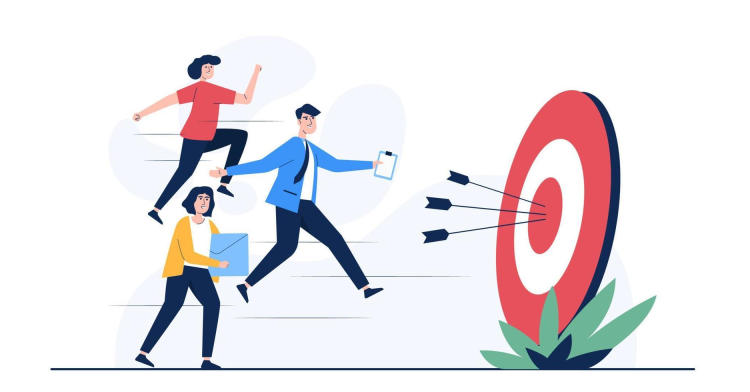
To be more effective, rewards and recognition should be directly related to the recipients’ specific achievements and actions.
Hence, a successful rewards program should clearly outline the criteria for which the employees receive appreciation.
Any verbal or written recognition is incomplete unless it specifically mentions the employee’s reasons for receiving recognition.

Managers at a large insurance company can nominate their team members for various quarterly awards through the HiFives platform by providing specific inputs against a set of well-defined parameters that are part of particular criteria for each award category.
The next-level managers then review and approve these nominations on the HiFives platform. The approved nominations get automatically assigned by the platform to predefined juries for each award category who give their independent ratings on a 5-point scale for each evaluation criteria based on the inputs provided by the nominator.
The HiFives platform automatically consolidates these ratings for each award category, and the overall ratings of the jury members decide the ranks of the nominations.
The corporate HR team then releases the awards to the top-rated employee(s) for each category. The employee receives e-certificates and reward points through the platform.
This system ensures that the entire recognition process is fair and unbiased, focusing on specific employee achievements and behaviors, and aligns the criteria for each category of awards.
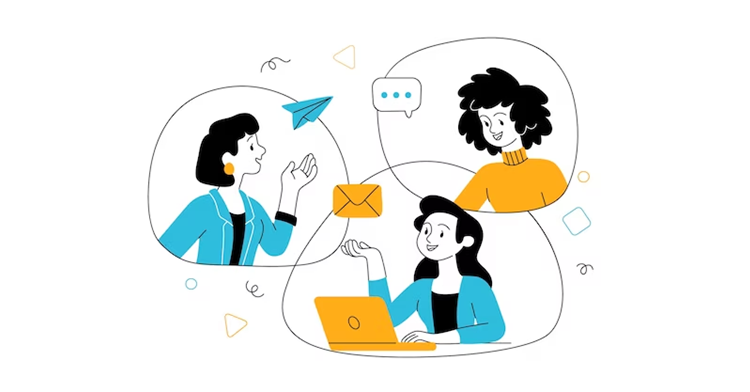
A good recognition program should level the playing field for all workforce members.
Hence, this means that the program should encourage participation from all employees working at various levels within the organizational hierarchy.
The program can also be split into segments, each covering a specific level of employees.
Hence, such an approach will boost employee motivation and engagement across all organizational levels.
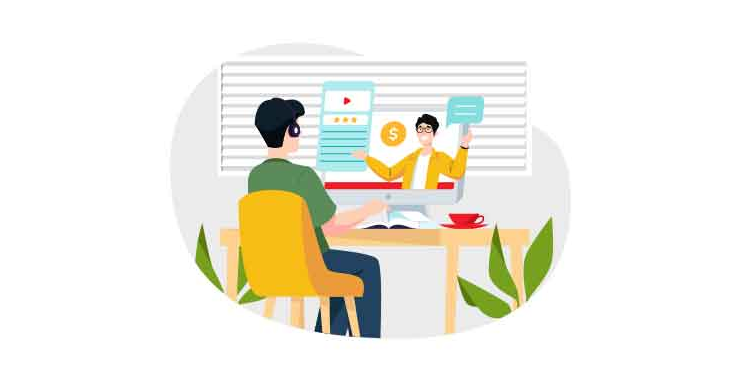
If employees think that the rewards system is biased, it will be completely ineffective.
Hence an organization needs to ensure complete transparency while designing and implementing the rewards program.
They should periodically share the policy, criteria, and other details with all employees.
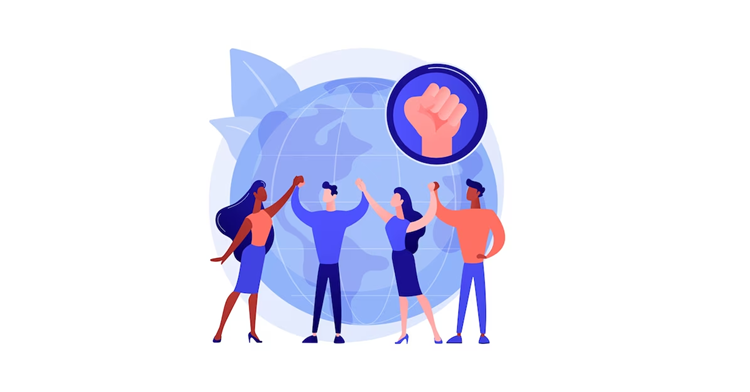
Making the program visible can be achieved through offline events, such as town halls, team meetings, and award ceremonies, as well as their virtual equivalents.
Organizations can also drive social visibility through communication on organization-wide digital platforms, such as the intranet, Microsoft Teams, and Slack.
Hence, this motivates other employees to make similar positive contributions and receive similar appreciation and recognition for their efforts.

At a leading HR-tech company, employees and managers can nominate and recognize their team members directly from Slack using the HiFives Slack App, the collaboration platform most commonly used by the workforce.
The recognition gets published on a Slack channel (instantly or post-approval), where all employees across the organization can like, comment, and tag others. It tremendous social visibility for those being recognized, enhancing their motivation levels significantly.
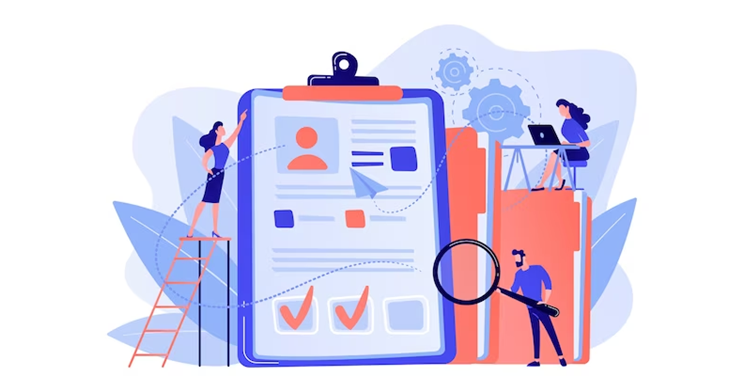
Recognizing outstanding work is essential; however, it becomes a mere formality if it is irrelevant to the business.
However, when the program properly aligns with the business objectives, employees are likely to experience greater motivation while receiving recognition.
It helps employees understand the gap between their achievements and the organization’s goals, enabling them to align their efforts accordingly.
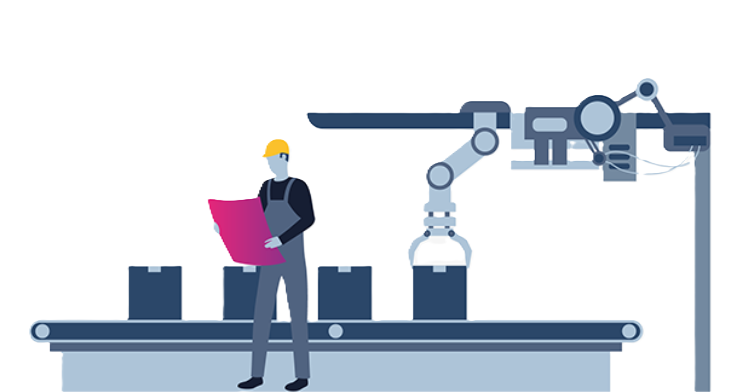
At a global manufacturing company, employees can submit their ideas and suggestions for process improvement through the HiFives platform as part of the company’s Kaizen or continuous improvement program.
Managers and department heads then review these ideas on the platform itself. Employees whose ideas are selected and approved in the system receive e-certificates and reward points on the platform. Employees can also participate in this idea-generation program by forming teams.
Nearly 10,000 ideas and suggestions are submitted through the HiFives, several hundreds of which are selected for implementation, contributing to significant cost savings for the organization.
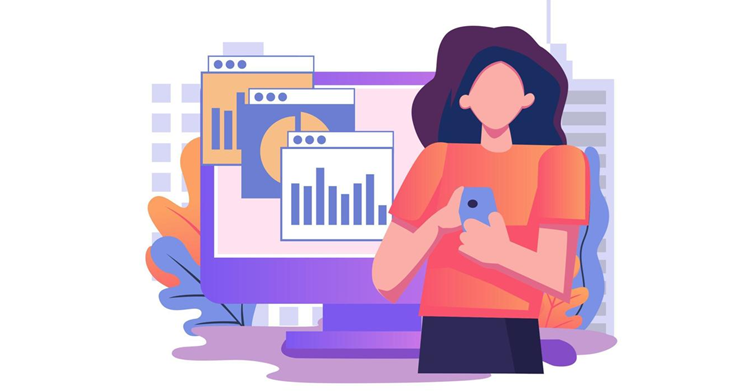
Additionally, it is crucial to ensure that the benefits from the rewards program are quantifiable and measurable.
Hence, organizations should be able to quantify the improvement in employee engagement, motivation, and productivity after program implementation.
It also helps organizations to identify any shortcomings in the program and address them to get better results.
Organizations need to consider the above points to ensure the development of a successful employee rewards and recognition program that is beneficial and satisfying for both the organization as well as its employees.

Lead author: Sagar Chaudhuri, the Co-Founder and CEO of HiFives. He is an HR Tech Evangelist with over 25 years of experience in both corporate and entrepreneurial settings. Previously, Sagar has held leadership roles with companies such as Genpact, Infosys, and ICICI Bank. He has an engineering degree from IIT Kharagpur and an MBA from IIM Lucknow. Connect on LinkedIn
To stay updated on the latest HiFives blogs, follow us on Twitter (@MyHiFives)